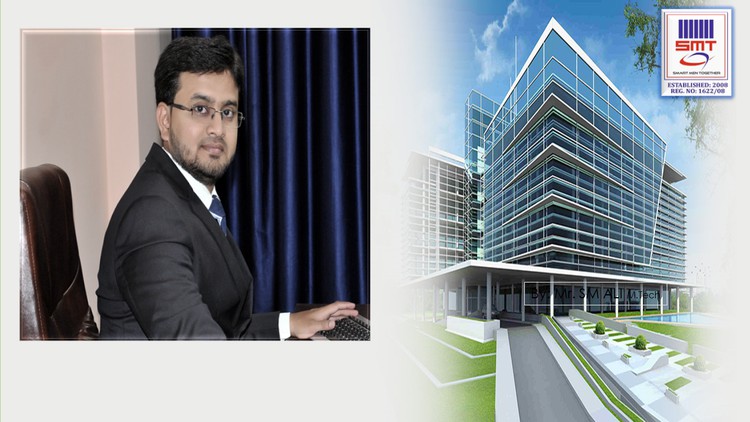
Learn Revit Architecture Basics
What you will learn
Visualization and 3D Modeling
Renderings and Virtual Tours
Design Iteration
Collaboration and Coordination
Description
Revit Architecture is a software application primarily used in the field of architecture, engineering, and construction (AEC). It is a Building Information Modeling (BIM) tool developed by Autodesk. While Revit Architecture is not a marketing tool itself, it plays a significant role in the marketing and design process for architectural projects. Here’s how Revit Architecture is relevant for marketing in the AEC industry:
- Visualization and 3D Modeling: Revit Architecture allows architects and designers to create detailed 3D models of buildings and structures. These 3D models can be used for visually compelling marketing materials such as brochures, presentations, and renderings. High-quality 3D visuals can help potential clients and stakeholders better understand the design and aesthetics of a project.
- Renderings and Virtual Tours: Revit Architecture includes rendering capabilities that enable the creation of photorealistic images and animations. These renderings can be used in marketing materials to showcase the project in its finished state, giving clients a realistic preview of what the building will look like. Virtual tours or walkthroughs can also be created to provide an immersive experience.
- Design Iteration: Revit allows for easy design iteration and exploration. Architects can quickly make changes to the design and see how they impact the overall project. This flexibility is valuable when working with clients who may have specific design preferences. Different design options can be presented and evaluated, enhancing the marketing of design alternatives.
- Data-Driven Marketing: BIM tools like Revit store a wealth of data about a building’s components, materials, and specifications. This data can be leveraged in marketing materials to highlight the building’s sustainability features, energy efficiency, and compliance with industry standards and regulations. This is especially important for marketing green and environmentally-friendly buildings.
- Collaboration and Coordination: Revit facilitates collaboration among project team members, including architects, engineers, and contractors. Improved coordination and communication lead to more successful projects, which can be highlighted in marketing efforts. Demonstrating a track record of efficient collaboration can be a strong selling point.
- Project Documentation: Revit Architecture generates construction documents and drawings, which are essential for the construction phase. These documents can also be used in marketing materials to illustrate the level of detail and professionalism involved in the project.
In summary, while Revit Architecture is not a marketing tool in the traditional sense, it is a powerful tool for architects and designers to create visual and data-driven content that can be used for marketing architectural projects effectively. It helps convey the design intent, functionality, and aesthetics of a building, making it a valuable asset in the marketing process within the AEC industry.
Content